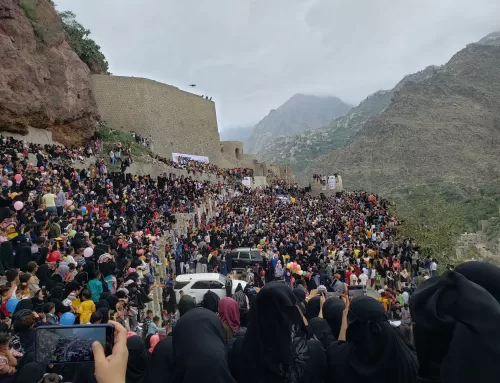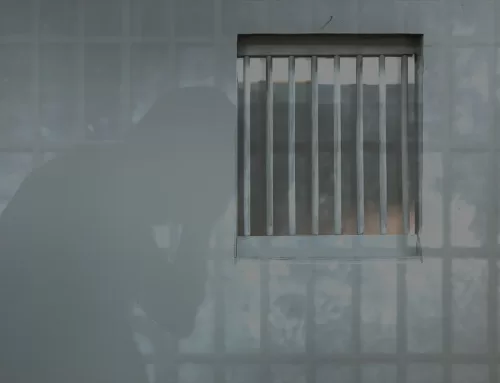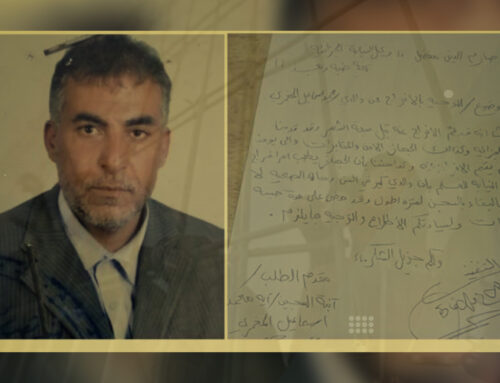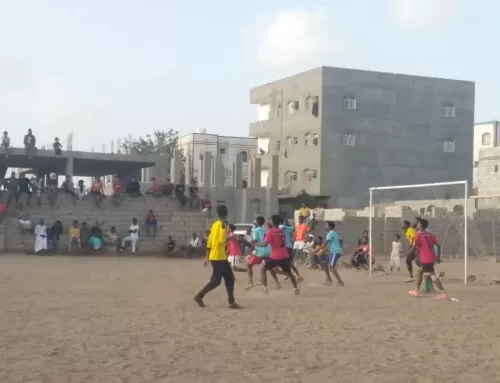30 Sep, 2018
By: Sally Adeeb (centeral research assistant)
Ever since the war laid its brunt on the city of Taiz, freedom and security have been diminishing day after day.
When the Ansar Allah group (Houthis) took control over the city from the beginning of 2015 and until the middle of 2016, the group committed the worst kinds of violations against civilians, and the madness of their violations increased every day in the besieged town until it reached a point of suffocation.
Since July 2016, the armed factions of the “Popular Resistance” have started to defeat the Ansar Allah group (Houthis) in several neighborhoods located to the west and in the center of Taiz, in addition to some neighborhoods located to the east of the city. At that time, many residents of Yemen’s most populous city believed that this new life cycle would revive their city and save them at the same time from the Ansar Allah group (Houthis). It never crossed their minds that these armed factions would add a new chapter to the tragedy of the stricken city.
Thus, the city of Taiz didn’t witness one single safe week, with partners constantly fighting over the control of the city. Fear was the permanent companion of the city’s residents who grew tired of the free death that was occurring. The doors of the cemeteries remained open to receive the stream of people dying as a result of the renewed fighting between the resistance factions. The armed fighting groups within the city had nothing to offer civilians except the narrow rifts to bury their children; the victims of this insane conflict whose deaths are classified in the death records as “the result of a criminal offense and the murderer is unknown”. Unfortunately, this interceptor sentence is repeated in the context of reports of catastrophic death events.
In the week leading up to the previous Eid al-Adha, a new round of fighting erupted between the armed resistance factions, whose fighters wear the uniforms of the regular army and security units.
The teacher Najat Abdul Rahman was killed in front of her child; the child she carried while she fled from their home in the military hospital neighborhood while it was still under the control of the fighters of Ansar Allah group (Houthis). She fled with the rest of her children to the city center to protect them and protect herself from death, but death still caught up with her just when she thought she was safe. Her children still have not understood why the resistance bullets killed their mother. Why is the war so painful and why are the fighters of Abu Abbas and the Reform Party fighters robbing them of their celebrations and joys?
Because of these armed factions, the city of Taiz has become the city of death, and daily civilian sacrifices are offered to it: children, women and men. Whoever died in the fires of these conflicts died, but those who survived did not escape the burden of constant fear, so the factions of the resistance alongside the Ansar Allah group (Houthis) have become a black and gloomy fate for the people of Taiz. Life in this city had also become a series of days of sorrow and grief.
Maher Al Hubeishi is one of the civilian victims of the armed resistance factions. His father said they were living in the Sala neighborhood, which is under the control of Ansar Allah Group (Houthis). The grief-stricken father who is mourning the death of his son said: “Maher was really suffering when he saw innocent victims dying from the shells fired by the Houthi group. They were being sent to their deaths without being guilty of any crime. In the midst of his anger, he decided to join the resistance in order to help them defeat the Houthis in the city, but he backed down from his decision, following my request. Yet, he has been killed by the people he was willing to join to fight against the Houthis.”
Al Hubeishi added: “These groups levelled the whole city and only kept the death toll high. I buried my son and promised that I would not die before I spat in the faces of his killers. Why are they robbing us of our blood? Le them fill their pockets with what they want… We will always have our blood and memory… And with them, we will hold them accountable.”
The last conflict lasted for a week. It was a gloomy week during which hospitals were filled with civilian casualties, whether dead or wounded, until the armed factions reached an agreement to stop the fighting. The next day, the people of Taiz went out to celebrate Eid al-Adha. They came out with pale faces and souls that have aged prematurely, but nevertheless, they tried to be cheerful in an attempt to overcome their fears and sorrows. It is the will of survival and life that the belligerents must take into account.






